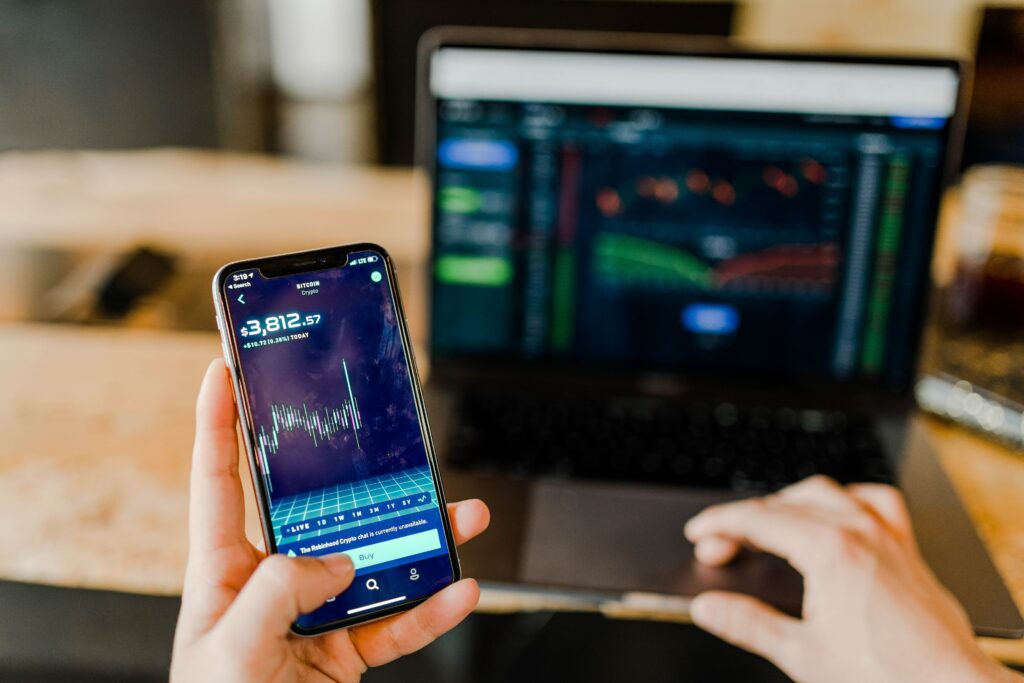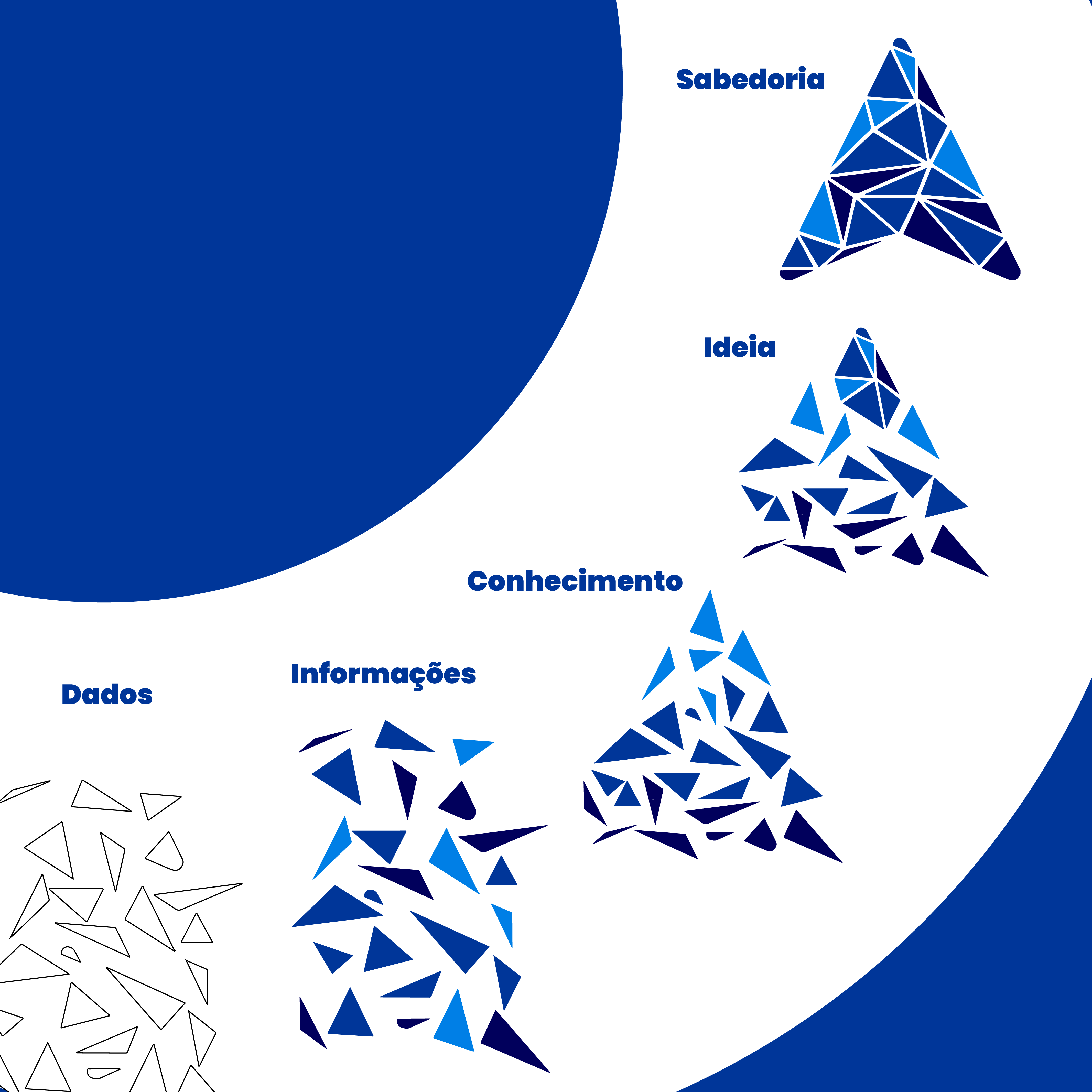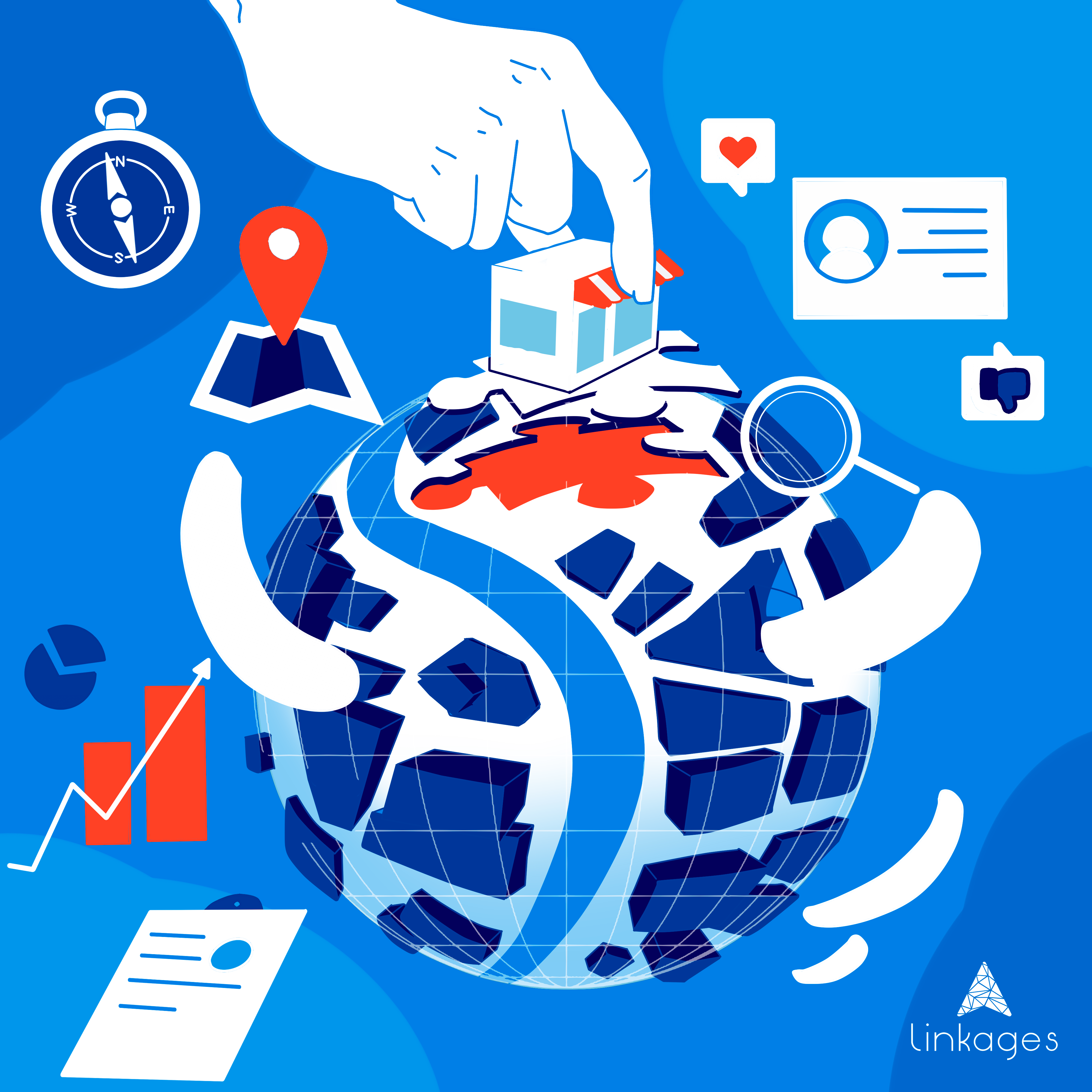You've probably already come across the term “geomarketing”, but have only a vague idea of what it means. In this article, we will address its origins, its evolution, and how it applies to decision-making for expanding businesses.
Far from being a new area of study, geomarketing emerged in 1930 in the USA, when Willian Applebaum made rudimentary marks on a map aiming at marketing and social parameters, trying to understand as your business units were inserted in that context. only in 1980, came to exist in Brazil at commercialization of digital maps and socio-demographic reporting for business purposes.
With the advancement of technology and the increase in demographic complexity in urban centers, geomarketing not only gained new data collection and analysis tools, but also became a necessary step for making cost-effective decisions regarding the support and expansion business of all kinds.
Basically, geomarketing and detailed market mapping allow us to obtain a much more accurate view of the commercial context of a certain region, considering numerous factors such as: population density, flow generating points, age pyramids, presence of competitors, income range of the population, etc.
Data for geomarketing studies can be primaries or secondary, that is, raised by the company itself or from other reliable sources, publics or private🇧🇷 These data are, as a rule, georeferenced, having their location expressed on maps through coordinates.
When this information is marked on a map, coupled in robust reports that interpret it, and used for decision making, we can say that we have made a market mapping through geomarketing.
Why turn to geography for market analysis?

Geography has as its main purpose understand society and how are you relates to the territory, indisputably relevant factors for making business decisions.
Through its own methods of collecting and analyzing social, territorial, and market data, geomarketing makes it possible to elucidate information that, perhaps, in another format (such as a table or text) would not be as evident and easy to associate as it is within a map coupled with interpretive reports.
What questions does Geomarketing answer?
The mapping process, on a large scale, could be divided into 2 big steps: data collection, and their interpretation.
Now, the mapped parameters, that is, the information we intend to discover will depend on the goals of mapping, which need to be very well delimited from the beginning.
Generally, objectives can be formulated in the form of questions, which will be answered with data. For example:
-How many people pass daily in front of my store and where do they come from?
-How many competitors are there in the vicinity and what portion of the market do they occupy?
-What is the purchasing power of the public closest to my business?
-What suppliers are there in the city and what are the prices?
-How does a certain audience behave?
-Are there solutions that people need and the market still does not offer?
As you can see, there are infinite possible questions and precise answers for all of them.
However, to avoid distractions, waste of resources, and ensure an assertive analysis, it is important to delimit the objectives of each mapping depending on the decision to be taken.
For example, a chain of franchises that intends to open a new unit will need to strategically map each commercial point before determining which one is best, in order to predict sales success and possible latent problems.
Examples of analyzes based on Geomarketing to gain confidence and assertiveness in decisions:
-Selection of commercial point.
-Strategy of pricing.
-Definition of success factors.
-Definition of profitability from a point of sale.
–Monitoring market constant.
- Mapping of prospects (income, demographics, behaviors)
-Selection of distribution channels and promotion of products and services.
- Mapping of potentials Providers and|or collaborators.
-Measurement of influence area and points of sale.
-Definition of strategies expansion.
- Mapping of similar and competitors.
Which segments benefit from Geomarketing?

Generally, this methodology is closely associated with retail and franchise expansion. But, currently, Geomarketing is used in different types of organizations.
The real estate segment, education, service providers, and any business that sees benefits in the application of marketing intelligence territorialized is part of the target audience of geomarketing. This is because, in recent years, the amount of data generated from the web growth and of technological advancements it makes much more information available to be analyzed, both from public and private sources.
Nowadays, we start to classify large amounts of data as "Big data" and much is said about data being the “new oil”, precisely because of the monetary potential they carry. Well, thinking logically: Data correctly interpreted become useful information, generating highly profitable insights and decisions for companies.
In 2010, the study “A Universe of Opportunities and Challenges”, developed by the consultancy EMC, estimated that in 2020 the amount of data generated would be 40 trillion gigabytes. However, in 2022, IBM presents a study in which it points out that 90% of the existing data was generated within the last 2 years.
Necessarily, everything indicates that, more and more, artificial intelligence will be able to refine the processes that entail the collection and selection of this data, and there are already projects committed to making this possible.
The biggest challenge so far is to develop policies that do not harm the ethics of responsible use of this information.
Geomarketing in practice: the Linkages vision
As we have seen so far, the application of geomarketing in market research has enormous potential for commercial expansion, especially when we use new technologies to our advantage to compile and organize data.
However, technology is not everything. Once we have the information, someone needs to interpret it correctly, drawing accurate conclusions and pointing out the next steps. Although there are several tools and platforms where it is possible to access a huge amount of data, companies are not always able to know:
-What to look for
-Where to look
-What this data is actually saying.
-What decisions to take from them.
The market mapping it is a highly process individualized, since each business has its particularity and each market segment deals with its own dynamics in its area. According to the specialist Camila Baldoni, geographer and Project Manager from Linkages:
“It is not possible to determine a formula. We need to meet with each client and understand their needs in depth, to then outline a project scope that will allow us to list the data we will need. The analysis only comes later, when we find out what story these collected data are telling and how to convey this in a way that clarifies and gives directions, and not that it confuses even more. It is a mix between artificial intelligence in collection and human intelligence in analysis.”

Data Storytelling and information design: the big difference
THE Links is a geomarketing and communication company, located in Unicamp Scientific and Technological Park.
By mastering these two fronts, and relying on specialists for each of them, Linkages guarantees its clients not only an efficient collection of qualified market data, but also the elaboration of custom reports that transform complex numbers into easy-to-understand information and simplify the identification of solutions or unexplored gaps.
In other words, we look for the story behind the data, and we deliver information already analyzed by our experts.
In this way, we save time, efforts, and prevent market readings that do not match reality.
You can also apply to marketing intelligence in your business and make decisions with much more confidence!
Schedule a meeting with us to think together about the best analyzes available for your case.




